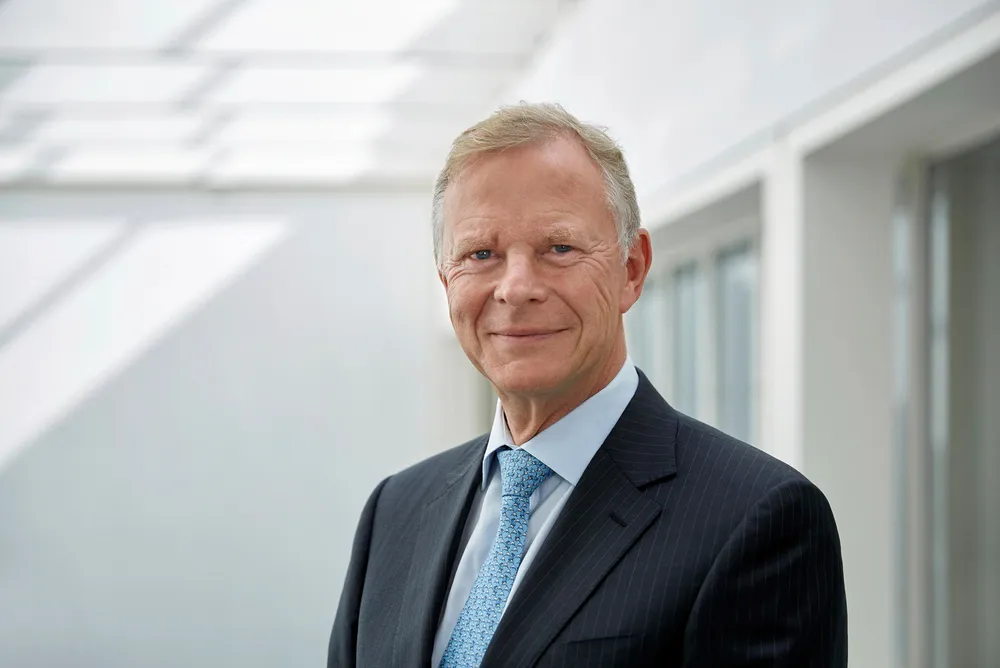Scaleable to 5GW | Topsoe earmarks $300m for new 500MW hydrogen electrolyser factory in the US
Inflation Reduction Act subsidies spur Danish company to schedule final investment decision by the end of this year

Inflation Reduction Act subsidies spur Danish company to schedule final investment decision by the end of this year
